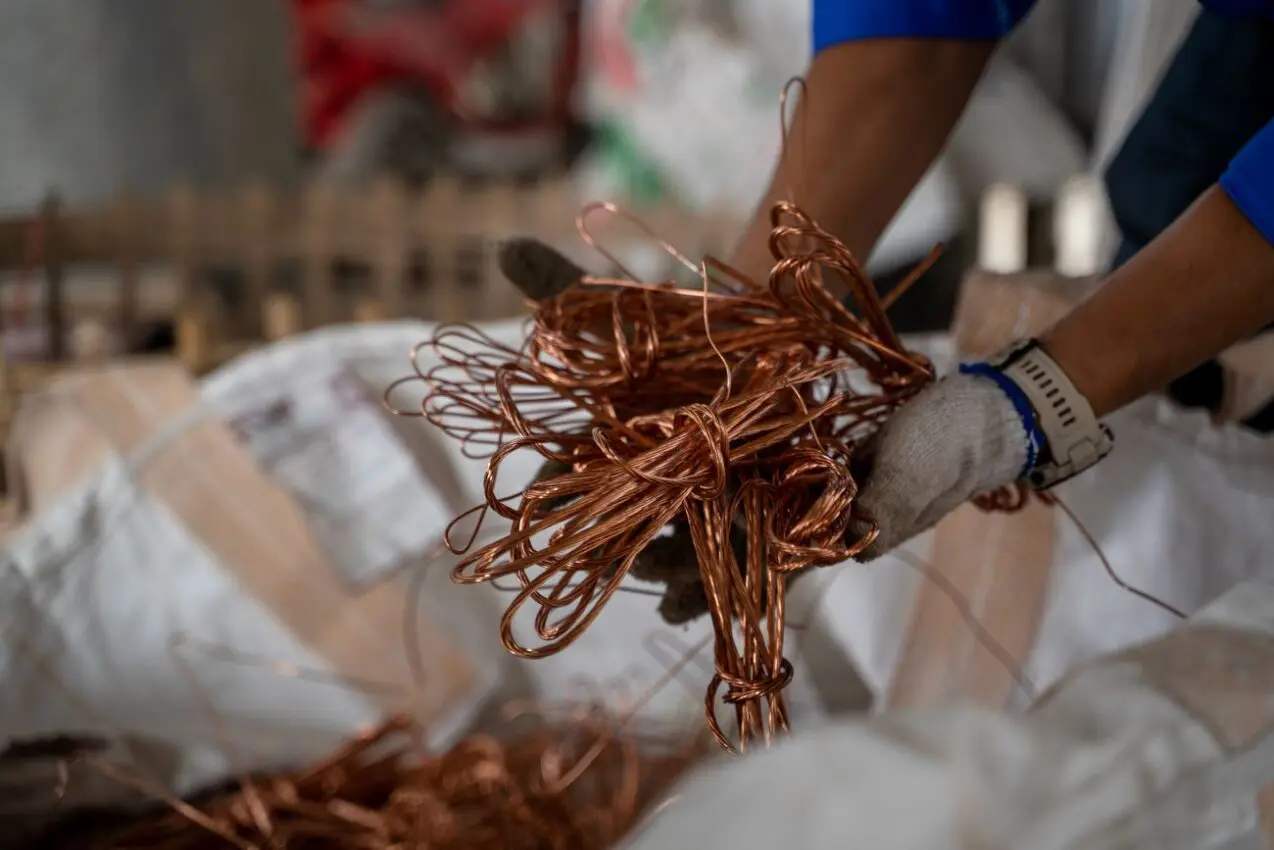The soaring value of copper wire – now worth $4.50 per pound on the scrap market – has turned Los Angeles's street lights into lucrative targets for thieves. With a single theft potentially generating thousands of dollars through illegal scrap dealers, criminals are systematically stripping the city's electrical infrastructure, pushing critical technology upgrades years behind schedule.
"Thieves can make hundreds of dollars in minutes by stripping copper from our infrastructure," Council member Traci Park told Crosstown L.A. This high-profit, low-risk crime has led to an 800% increase in copper theft since 2017, according to NBC4, as thieves target easily accessible wiring from street lights, traffic signals, and even the city's newest landmarks.
The impact extends far beyond dark streets. Los Angeles planned to launch several "smart city" initiatives in 2024: traffic signals that automatically adjust to reduce congestion, street lights that monitor air quality and provide public Wi-Fi, and digital information displays to help residents navigate the city. Instead, the city is spending its technology budget – more than $20 million last year – simply replacing stolen wiring.
The $588 million Sixth Street Bridge exemplifies these delayed ambitions. Designed to showcase Los Angeles's technological future with data-collecting sensors, automated traffic monitoring, and public safety systems, the bridge instead went dark in December 2023 when thieves stripped seven miles of copper wire from its structure.
This epidemic of copper theft mirrors similar issues in Hacienda Heights, where residents have gone months without landline phone and internet service after thieves stripped copper wiring from Frontier Communications' infrastructure, leaving the community particularly vulnerable given its poor cell phone coverage
According to data compiled by Crosstown L.A., the city received more than 11,000 calls about darkened street lights in just the first three months of 2024. March alone saw 3,880 reports - a 69% increase from the previous year. The Department of Public Works reports residents now wait an average of six months for repairs.
The human cost is evident across Los Angeles's neighborhoods. In Pico-Union, pizza delivery driver Luis Rojas has witnessed the changes firsthand. "I used to walk to work," he told the Los Angeles Times. "Now, it's frightening. People can follow you." In Boyle Heights and Westlake, where service requests are highest, businesses close early and residents avoid nighttime activities.
City officials are responding by targeting both thieves and their market. They've approved $400,000 for a specialized copper wire theft task force and are pressuring scrap yards that buy stolen materials. The Bureau of Street Lighting is testing theft-resistant alternatives, including tamper-proof boxes and solar-powered lights that require less copper wiring. However, neighborhood council secretary Aurora Corona told the Los Angeles Times these changes "will take at least five years" to implement.
As Los Angeles pursues its smart city aspirations, its immediate challenge lies in securing basic infrastructure. Until then, residents like Luis Rojas in Pico-Union continue adapting to darkened streets.

 Trump has begun another trade war. Here's a timeline of how we got here
Trump has begun another trade war. Here's a timeline of how we got here
 Canada's leader laments lost friendship with US in town that sheltered stranded Americans after 9/11
Canada's leader laments lost friendship with US in town that sheltered stranded Americans after 9/11
 Chinese EV giant BYD's fourth-quarter profit leaps 73%
Chinese EV giant BYD's fourth-quarter profit leaps 73%
 You're an American in another land? Prepare to talk about the why and how of Trump 2.0
You're an American in another land? Prepare to talk about the why and how of Trump 2.0
 Chalk talk: Star power, top teams and No. 5 seeds headline the women's March Madness Sweet 16
Chalk talk: Star power, top teams and No. 5 seeds headline the women's March Madness Sweet 16
 Purdue returns to Sweet 16 with 76-62 win over McNeese in March Madness
Purdue returns to Sweet 16 with 76-62 win over McNeese in March Madness








